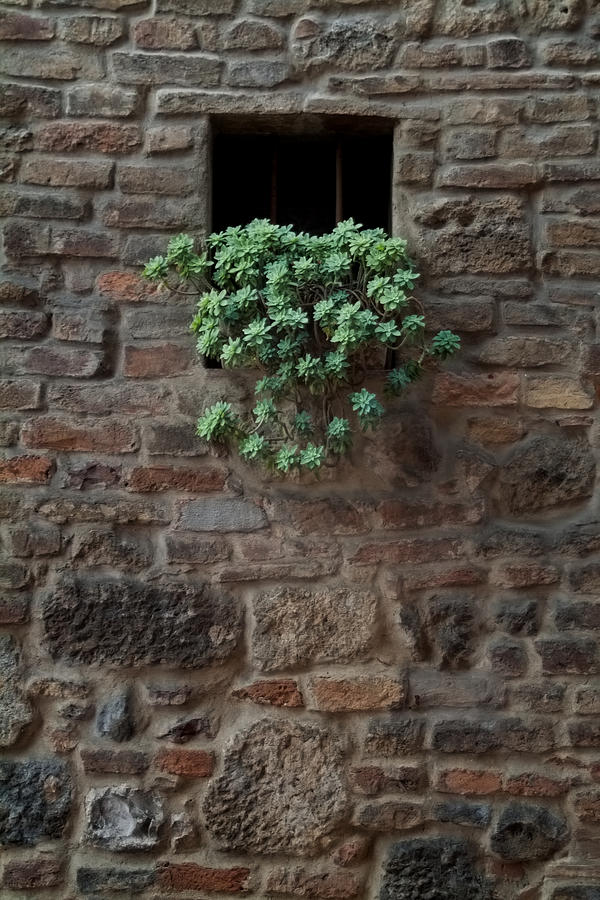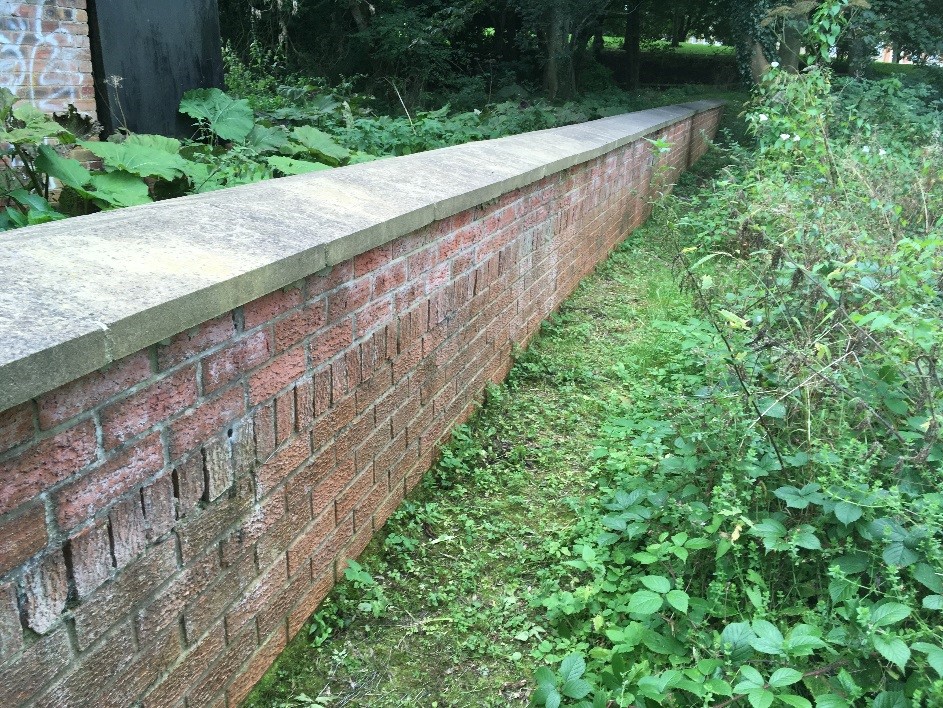
STONE FLOOD WALL CODE
It is important to check your local zoning/building code to determine if it is possible to build floodwalls on your property.
STONE FLOOD WALL INSTALL
The plans include a proposal to install glass flood walls along a stretch of the River Thames. London (proposal stage): After sudden downpours caused flooding in several parts of London last summer, city officials started drafting plans to prevent future flooding.Installation of the walls can be seen in this video. South Gloucestershire (in development): A glass flood wall is being installed at New Passage in South Gloucestershire to provide protection while preserving views of the Severn Estuary.Its glass flood walls, which finished installation in 2012, defend 64 homes and businesses from flooding.

Upton-upon-Severn (completed): Upton has a long history of flooding, with more than 70 floods occurring between 1970–2012.Wells-next-the-Sea (completed): This port town on the North Norfolk coast of England had its glass flood walls installed in 2012 to replace the rotten oak boards that previously provided flood protection.Installation of the walls finished in 2012, as shown in this video, and repairs took place in 2016 following damage by floods in December 2015. Keswick (completed): Glass flood walls were chosen to prevent flooding in Keswick following requests by the community to preserve the view.

IBS Engineered Products, a United Kingdom-based contractor specializing in flow control and flood protection equipment, released a video (below) showing how it performs impact testing on glass flood walls.Ĭredit: IBS Engineered Products Ltd, YouTubeĪs a relatively new industry, examples of glass flood walls in real-world applications remain scarce, but England appears to be a leader in this regard, based on several completed and ongoing projects. The main concerns when designing glass flood walls are ensuring the glass can withstand water pressure and impact from floating debris during flooding. Glass flood walls are typically constructed by securing laminated glass panels on top of a concrete or stone base. However, advancements in glass processing and design have improved the material’s mechanical properties to the point that glass is starting to be used in load-bearing applications as well, such as stairs and support columns. Traditionally, glass is used in non-load-bearing architectural applications, such as curtain walls, due to its brittleness. As such, flood wall manufacturers are starting to consider the use of a very different material in their walls-glass. While concrete is effective at keeping water at bay, residents sometimes dislike this material choice because it blocks views of the surrounding area. Flood walls are mainly used in locations where space is scarce, such as cities.įlood walls are mainly constructed from prefabricated concrete elements. In response, many cities are looking to implement flow control and flood protection measures, including the construction of flood walls.įlood walls are primarily vertical artificial barriers designed to temporarily contain the waters of a river or other waterway that rise to unusual levels during seasonal or extreme weather events. Credit: Bob Embleton (CC BY-SA 2.0)Īs global sea levels continue rising at an increasing rate, the risk of flooding is becoming more and more likely in coastal cities around the world. Glass flood walls hold back water in the small town of Upton-upon-Severn in Worcestershire, England.


 0 kommentar(er)
0 kommentar(er)
